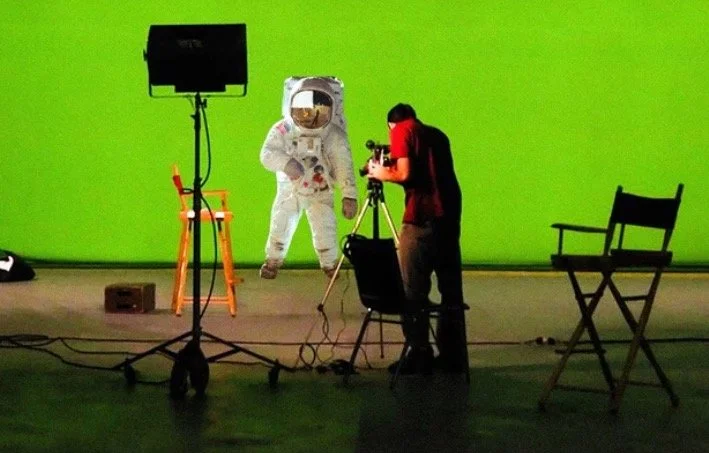Fake Moon Landing
The moon is such a fascinating celestial body. It does so much for sustainable life on earth. Among other things, it slows down Earth’s rotation, thus, providing us with a twenty-four-hour day. Its gravity also contributes to Earth’s four seasons. Of course, the most readily-apparent effect it has on Earth is the light it reflects from the sun during nighttime. For all its wonder and splendor, even Galileo could not have imagined that, one day, humans would set foot on the moon. Yet, more than three centuries after his noteworthy life, humans did indeed walk on the moon on July 20th, 1969.
More than five decades after Neil Armstrong made the first human imprints on the ethereal surface of the moon, however, millions of people still doubt the veracity of the event. Did the moon landing happen, or was the event actually the greatest coverup in the world’s history?
There are many reasons why people doubt that NASA really put astronauts on the moon. For example, the image of the American flag planted on the surface of the moon makes it appear as if the flag is flapping in the wind. How could that be when there is no wind in space? Another argument is that the billions of stars in the vast extensiveness of space cannot be seen in any of the photos. This argument assumes that stars would be seen in the exposures. A final example to consider is that the shadows seen in the photographs are "not right." If the sun were the sole source of illumination on the moon, how would the objects be visible in the shadows?
Experts have answered these questions to the satisfaction of most people investigating the events for their own understanding. For the first argument, the flapping effect seen in the American flag was caused by the pole system designed to keep the flag erect in space. Anyone with an understanding of the development of camera technology understands why there are no stars in the pictures, which clears up the second argument. Lastly, the moon is a giant reflective surface. In the moon landing images, the sun’s rays would have been reflected by the moon’s surface in many directions, including into the shadows.
Arguably the strongest evidence that man did indeed land on the moon is the sheer quantity of people who worked on the NASA project leading up to and during the mission. NASA estimated that over 400,000 people worked on or contributed in some fashion to the training, development, and execution of the historic operation. As a matter of record, none of those people has ever come forward to cast doubt on the event. It seems statistically improbable, if the landing were a hoax, that not a single person out of 400,000 people would have come forward.
Hoax, or not, the evidence seems clear that Apollo 11 did launch from Earth, travel approximately 240,000 miles to the moon, land, and return to Earth. At a time during the Cold War when the United States needed technological and morale wins, NASA answered the call. And, perhaps, Galileo’s spirit stood approvingly in Mission Control as Armstrong uttered the legendary phrase, “That’s one small step for man, one giant leap for mankind.”

